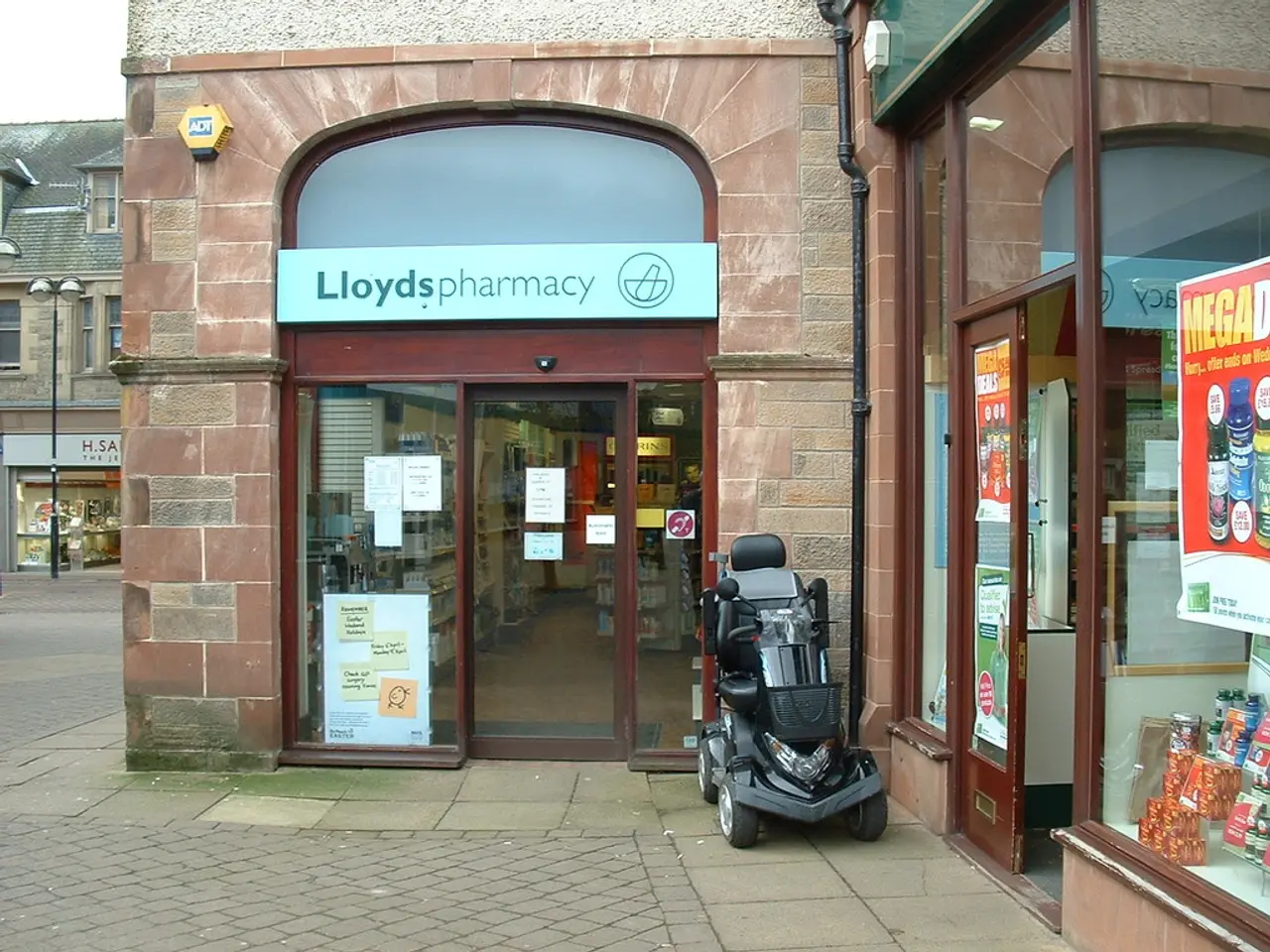Rapid Advancements in Medical Technology and Adequate Financial Compensation
In the ever-evolving landscape of healthcare, two key payment models - the New Technology Add-on Payment (NTAP) and the Diagnosis Related Group (DRG) model - are undergoing significant changes. These modifications aim to address the cost challenges posed by rapid medical innovation and ensure equitable access to novel, expensive treatment options.
The Centers for Medicare & Medicaid Services (CMS) has established a new DRG 018 to address equitable payment for novel, expensive treatment options. This move comes as the DRG model, which provides a singular payment instead of a fee-for-service payment, puts institutions under financial pressure. One such case involves CAR-T cell therapy treatments, originally mapped to a DRG paying just $43,094, leading to hospitals losing significant margin when administering these products.
On the other hand, the NTAP model, designed to incentivise the adoption of new, high-cost technologies, is seeing a surge in applications. In April 2023, CMS received a record number of new technology add-on payment (NTAP) applications for FY 2024, a 200% increase from FY 2020. However, the approval process is rigorous. For device applications reviewed under the traditional NTAP pathway, a majority of denials were due to not meeting the Substantial Clinical Improvement (SCI) criterion alone or in combination with Newness.
To successfully launch new technologies and therapies in the current payment environment, manufacturers need to develop robust reimbursement strategies. This involves understanding site of care exposure, designing an evidence package that meets CMS payment policy milestones, and educating hospital customers on the costs associated with new technologies.
The FDA office responsible for the approval of medical devices is the Center for Devices and Radiological Health (CDRH). The healthcare industry is facing cost challenges due to the rapid advancement of medical innovation. Ensuring beneficiary access to innovative care while controlling overall costs is a complex issue and will require continued collaboration between CMS, hospitals, and life sciences innovators.
Recently, CMS has implemented changes to NTAP criteria. Manufacturers are now required to include proof of FDA filing with their NTAP submission, and the product must receive FDA market authorization by May 1 of the year following NTAP application submission, a change from the previous July 1 deadline. These changes could lower the annual volume of NTAP applications due to the 7.5-month window from NTAP submission in mid-October to the new marketing authorization deadline of May 1.
With the exception of FY 2023, NTAP approvals overall have increased year-to-year, with FY 2024 having the most NTAP applications in history and more than twice as many approvals as in FY 2020. Future IPPS rule cycles may propose a change to the evaluation criteria of approved NTAPs for another year of eligibility, to conform with the maximum period for NTAP designation of two to three fiscal years from FDA approval or market availability.
It's crucial for manufacturers to set up sustainable pricing and reimbursement policy strategies that facilitate access to innovative therapies for patients who need them most. This is particularly important as increasing complexity of care delivery, site of care needs, and adverse event monitoring requirements have led to more high-cost treatments being administered in the inpatient hospital setting.
In conclusion, the evolving NTAP and DRG payment models are shaping the future of medical innovation, with manufacturers and CMS working together to ensure equitable access to novel treatments while controlling costs. The journey of securing adequate reimbursement, however, is a complex one, requiring unique adaptations to product- and company-specific needs.








